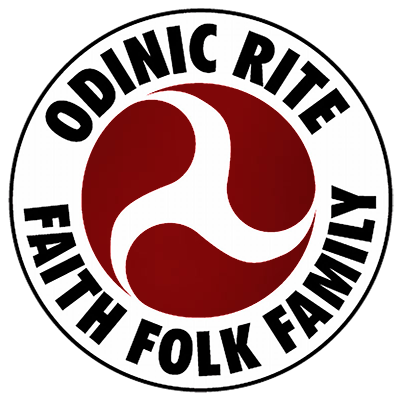
Preparing a Ritual Drinking Horn: A folk recipe of sorts
Deities & Loreby Dave Hobson AOR
Every ritual object that we fashion for ourselves is charged with much more power than a purchased object could possible contain. This power, in turn, charges both the liquid that it will hold and the folk who will pass it in Sumble or in Blot. It is a very simple task to create your own drinking horn—don't be intimidated by the magical significance. Like all things, the result is far more impressive than the method.
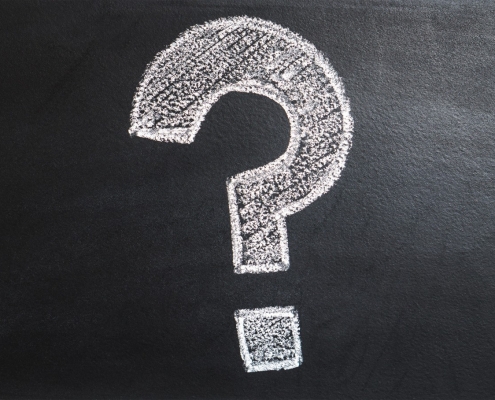
Our Purpose
Deities & LoreBy Jeffrey Morales AOR
Humanity has been, and continues to ask the question: "Where do I come from?" On a more individual level, we ask the question: "What is my purpose for being?" In 1665 Robert Hooke was the first person to use the word "cell". The cell has been established as the most basic unit of life; for it holds the characteristics of all living things. Physical human form (the body) is a universe to trillions of living cells. Our spiritual consciousness can be viewed as one of an infinite number of cells within our conscious cosmic universe. We are each part of a greater "Oneness" that goes beyond our perception of life.

A Note In Defence of Freya
Deities & LoreBy Eowyn OR
In any literature concerning the role of Freya in our mythology, there are two common- and to my mind, abhorrent- assertations made about this most sacred Goddess within our pantheon, which profoundly reflect the pervasiveness of the desert creed poisoning within the folk soul, despite protestations to the contrary.

Exploring the Blot – Part 3: Artefacts
Blot and Ritual, Deities & LoreBy Mark Puryear
As a ceremonial religion, Odinism utilizes various implements in the worship of our deities. These items are sacred symbols embodied within the very strata of our ancestral belief system, which allow us to connect to the ritual purpose of communication with the Gods on a deeper spiritual level.
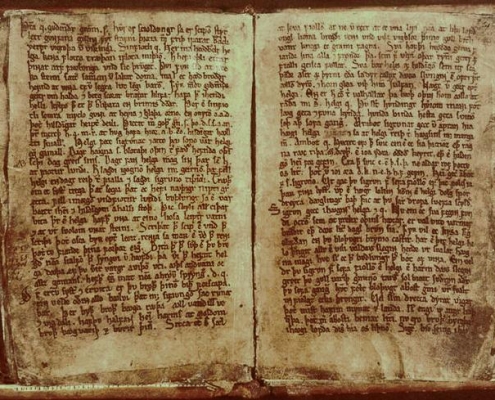
Exploring the Blot – Part 2: The Sacred Verse
Blot and Ritual, Deities & LoreIn ancient societies poetry was an incredibly important factor of religious expression, especially in Teutonic Europe where Skaldic and Eddic art forms were highly valued and praised among the folk. In fact, every piece of lore that has survived from the pre-Christian era in this region was written in verse. Therefore, it would be safe to say that this practice was also used in the writing of prayers (boenar) and blotar as well. When we consider the fact that the Hindus, our Indo-European cousins, have retained their sacred verse forms and meters (Anustup, Mahapadapunkti, etc.) in liturgical hymns and prayers for thousands of years, it is easy to see that the same would have been the case for us, had it not been for the Christian invasions.
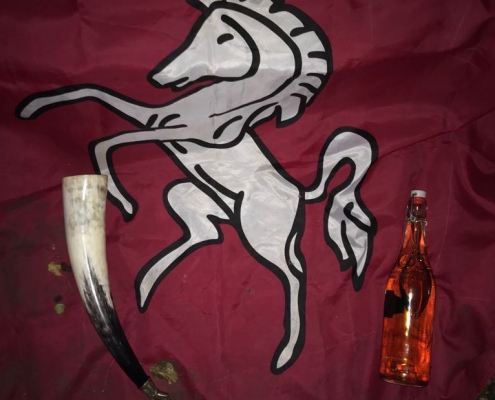
Exploring the Blot – Part 1
Blot and Ritual, Deities & LoreBy Mark Puryear
The word “blot” is an Old Norse term designating a sacrifice or offering. It is etymologically linked to English “blood”, which was its original meaning; since in ancient times animal and even human sacrifices were performed to the Gods and Goddesses, with their blood being a central object of observance. This may be shocking to some, but what many should know is that every race in every land on earth has practiced some form of blood sacrifice at one time or another..

Balder, Ruler of an Age to come
Deities & LoreBy Arnbald, OR-B & FS
In the heathen tradition, Balder is certainly one of the most popular, but also one of the most perplexing gods. He seems to be quite well known. Almost everyone has heard of him or, at least, knows his name. But actually, very little is known of this divine character. We hardly find a book which would deal exclusively or mainly of him.
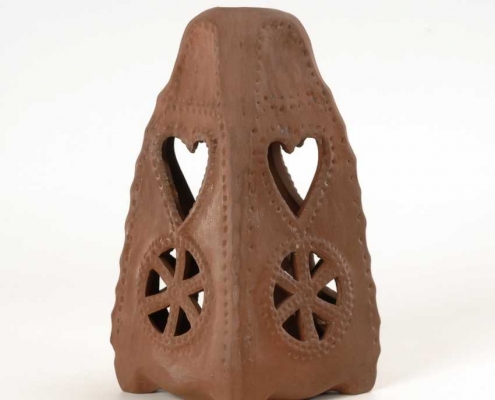
The Yule Tower, Heart(h) of the Northern World.
Deities & LoreBy Arnbald OR-B & FS (Brittany & French Saxony)
For many Odinists today, the Yule tower (Julleuchter) appears as one of the main cultual artefacts in the family hof. As its names suggests, it is mainly involved in the Yule time celebrations. If it has became an important symbol of the old faith, the artefact itself – as we shall see – not necessarily an old symbol.

Ragnarok
Deities & Loreby Asrad CG (based on a talk presented at the Great Moot 2256)
Today I would like to talk to you about what is perhaps the most well know of all our Odinic Myths, the Ragnarok. People that know nothing of Odinism or our rich and wonderful Odinic mythology will have heard of the Ragnarok. They may know of it as the “Doom of the Gods” or Richard Wagner’s Classical masterpiece “Twilight of the Gods”. Of all our myths this one section of our mythology is without doubt the most written about, most discussed, and in my opinion the most relevant to us as individuals as a group and as a folk unit.

Perfect Myth (a fleeting reflection)
Deities & Lore, OR and OdinismBy Eowyn OR
We wistfully imagine the perfect world with a characteristic sigh that simultaneously acknowledges that it just can't be. And therein lies the real crux of the matter. In striving for perfection, our ego creates in our mind's eye a static image- a model carved in stone- of something we think we 'have to' reach, whilst simultaneously in our hearts, we know this is impossible to achieve.

Holda
Deities & LoreBy Thorsigurd AOR
I decided to devote some study to one of the Goddesses connected to this time of year, more specifically one who was worshipped mainly among the tribes of nowadays Germany, and part of whose memory is preserved until present day in the folklore of Germany, Switzerland and my native Austria: Holda.

Gods & Goddesses of Odinism
Deities & LoreAn introduction into the Gods, Goddesses, wights and beings of Odinic Mythology
